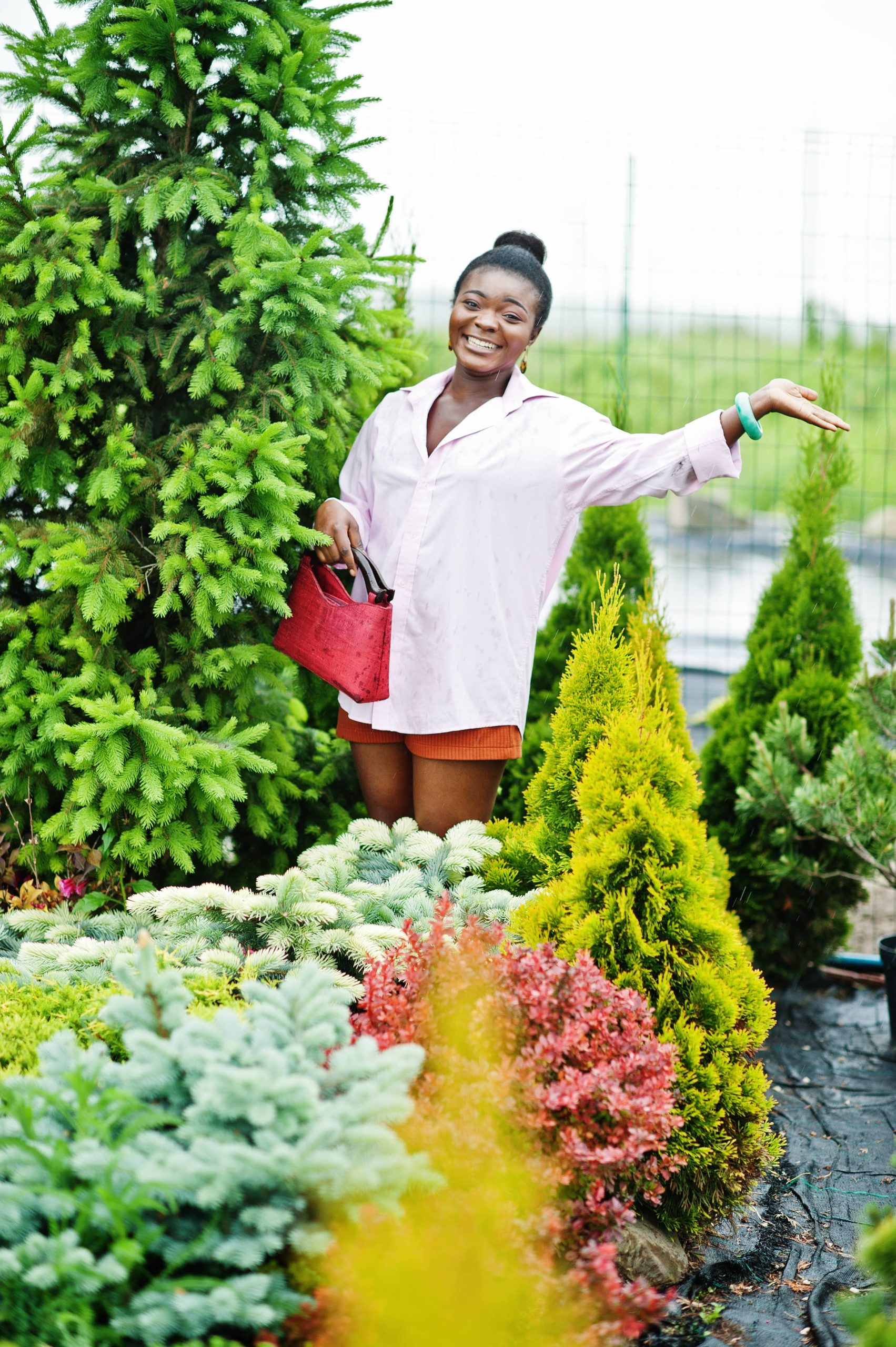
Gardening is a timeless art, a hobby that blends creativity with nature, offering therapeutic benefits alongside bountiful rewards. As urban living spaces shrink and green areas diminish, raised bed gardening has emerged as an intelligent, space-efficient solution for avid gardeners. Its versatility, ease of management, and high yield make it a popular choice among both beginners and seasoned gardeners. In this comprehensive guide, we’ll delve into everything you need to know about raised bed gardening, from its benefits and construction to plant selection and maintenance tips.
Understanding Raised Bed Gardening
Raised bed gardening involves growing plants in soil that is elevated above ground level, typically within an enclosed frame or structure. The beds can be built from various materials, including wood, stone, metal, or recycled plastic, and can vary greatly in size, allowing gardeners to customize them according to their needs and available space. These structures not only add a neat, organized look to your landscape but also confer a host of agronomic and environmental benefits.
Benefits of Raised Bed Gardening
1. Improved Soil Quality:
Raised beds allow you to control the quality and composition of the soil. This is particularly advantageous if your native soil is poor, sandy, or clay-heavy. By filling the beds with rich, loose, and well-draining soil, you create optimal growing conditions for almost any plant.
2. Better Drainage:
Because raised beds are elevated, they naturally promote better drainage. Excess water quickly percolates through the soil and away from plant roots, reducing the risk of root rot and waterlogged soil, especially in regions with heavy rainfall.
3. Efficiency and Accessibility:
The elevated nature of raised beds reduces the need for bending and stooping, making gardening more accessible for individuals with mobility issues. Additionally, gardening in organized rows and heights means easier maintenance and harvesting.
4. Extended Growing Season:
Raised beds warm up more quickly in the spring and cool down later in the fall compared to traditional in-ground gardens. This provides a longer growing season and quicker seed germination, benefiting gardeners in regions with short growing summers.
5. Pest and Weed Management:
Raised beds offer a higher level of protection against certain pests and weeds. The physical barriers can deter common ground pests, and if combined with row covers or hoops, they provide additional protection from birds and insects. Furthermore, because the beds are isolated, weeds are less likely to invade, making maintenance more manageable.
Designing Your Raised Bed Garden
When designing your raised bed garden, consider factors such as placement, size, material, and plant choice. Here are some key components to get you started:
1. Location:
Choose a location that receives at least six to eight hours of direct sunlight daily. Avoid areas with standing water or low spots that can affect drainage.
2. Size and Shape:
The ideal width of a raised bed is around four feet, allowing easy reach from either side without having to step into the bed. The length can vary according to space, but keep in mind the longer the bed, the more difficult it may be to maintain. Typically, beds are between 6 inches and 2 feet high. Ensure they’re not too tall that they become difficult to manage or too low that they don’t provide sufficient root depth or drainage.
3. Materials:
Common materials for constructing raised beds include untreated cedar or redwood, which offer durability and resistance to rot. Alternatively, bricks, stones, or recycled materials can be used for a more permanent design. Ensure the materials are safe and won’t leach harmful chemicals into the soil.
4. Layout:
Plan the layout of your beds in alignment with pathways. Ensure adequate space between beds for access and maintenance, generally 2-3 feet.
Filling and Planting
1. Soil Composition:
An ideal soil mix for raised beds comprises 60% topsoil, 30% compost, and 10% soilless components such as peat moss or vermiculite, which improve aeration and nutrient content.
2. Plant Selection:
Select plants based on climate, season, and sunlight availability. Common choices include vegetables such as tomatoes, peppers, and lettuce, herbs like basil and parsley, and root vegetables such as carrots and beets.
3. Companion Planting:
Practice companion planting—strategically placing plants that benefit each other—such as pairing tomatoes with basil or carrots with onions, to improve plant health and yields.
Maintenance Tips
1. Watering:
Raised beds may require more frequent watering due to elevated soil temperatures and drainage. Water deeply to encourage roots to grow downward, reducing water needs over time.
2. Fertilizing:
Incorporate organic fertilizers or compost regularly to replenish soil nutrients. A soil test can help determine specific nutrient needs.
3. Pest Management:
Monitor for pests and diseases regularly. Use organic pest control methods like neem oil or insecticidal soap, and attract beneficial insects with flowering plants.
4. Crop Rotation:
Rotate crops annually to prevent the buildup of soil-borne pests and diseases. Vary the types of plants to maintain nutrient balance in the soil.
Conclusion
Raised bed gardening is not just a trend; it’s a time-tested method that caters to both experienced gardeners and novices alike. Its numerous benefits, coupled with ease of construction and maintenance, make it a sustainable choice for growing your garden paradise. By implementing the techniques discussed in this guide, you can create a thriving, aesthetically pleasing, and productive raised bed garden that suits your lifestyle and environment. Whether you’re looking to cultivate vibrant veggies, delightful herbs, or beautiful flowers, raised bed gardening offers you a world of possibilities. Happy gardening!







